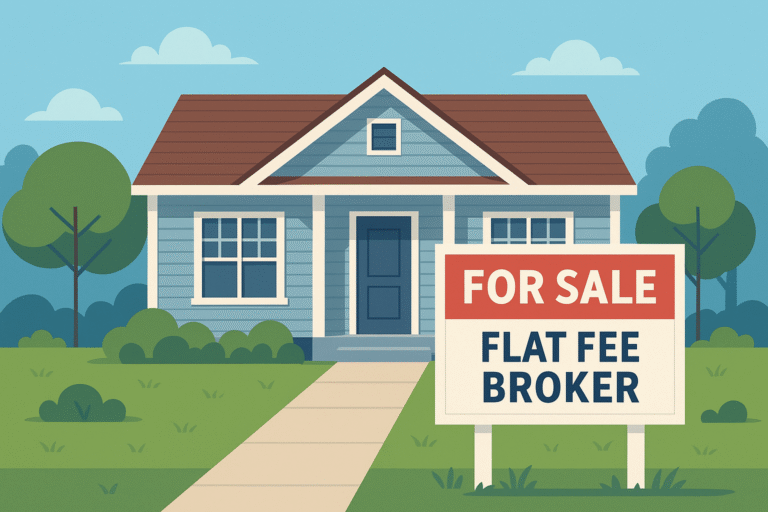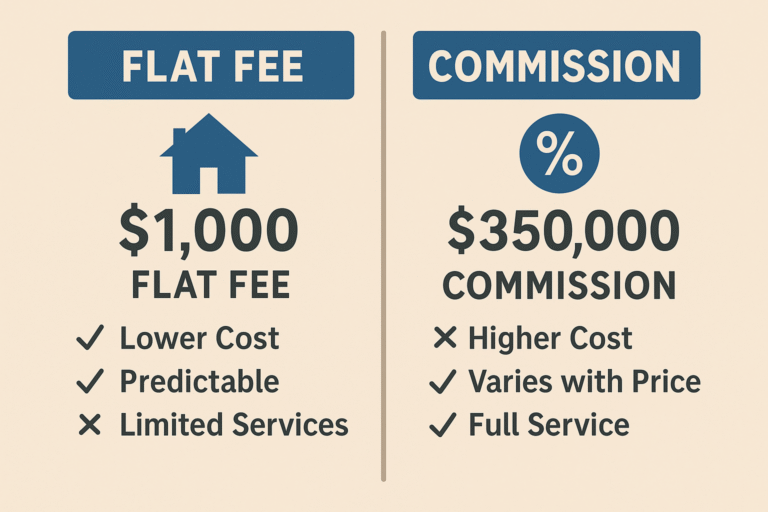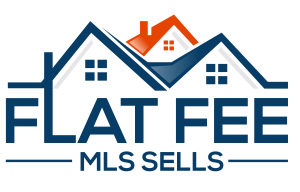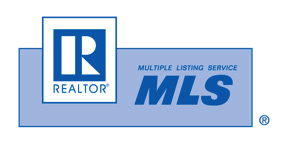
Selling your home involves more than just a “For Sale” sign and an open house. One of the most important decisions a homeowner makes is how to list the property — and with rising real estate commissions, more sellers are exploring alternatives to the traditional 5-6% agent fee. One increasingly popular option is using flat fee real estate brokers.
Flat fee real estate brokers provide sellers with the opportunity to save thousands of dollars by paying a fixed, upfront cost instead of a commission based on the sale price. These brokers typically offer packages that include essential services such as MLS (Multiple Listing Service) exposure, online marketing, and sometimes even negotiation support — all for a predetermined rate.
However, choosing this model isn’t as simple as saving on commission. Flat fee brokers can vary significantly in the level of service they provide. Some offer a bare-bones, “list-only” approach, while others provide comprehensive support that mimics full-service agents, minus the high fees. Understanding these differences is crucial before deciding whether this option is right for your selling strategy.
In this blog post, we’ll break down how flat fee real estate brokers work, compare their services to traditional agents, and explore the pros and cons for home sellers. Whether you’re trying to maximize your net proceeds or want more control over the sale process, learning what to expect from a flat fee model can help you make an informed decision.
How Flat Fee Real Estate Brokers Work
Flat fee real estate brokers operate on a simple principle: instead of charging a commission based on the final sale price, they offer listing services for a predetermined, fixed cost. This fee is paid upfront and typically covers the cost of placing your home on the Multiple Listing Service (MLS)—a key database that real estate agents and buyers use to search for available homes.
Most flat fee brokers offer tiered service packages. At the basic level, you might receive MLS listing, property photos, and a yard sign. Higher-tier packages may include professional photography, virtual tours, contract negotiation, open house coordination, and even support through closing. It’s important to read the fine print and understand what’s included in your selected package.
While the cost savings are attractive, flat fee brokers do not always provide the same level of hands-on guidance as traditional agents. Sellers are often responsible for pricing strategy, showing coordination, and responding to inquiries from buyers or their agents. This makes flat fee services ideal for homeowners who are comfortable managing parts of the process themselves.
It’s worth noting that while you’ll save on the listing side, you may still need to offer a buyer’s agent commission (usually 2.5% to 3%) to stay competitive in the market. Always factor this into your budget when evaluating the true savings of using a flat fee model.
Back to Introduction | Learn more about MLS listings at Realtor.com’s MLS Guide.
Pros and Cons of Using a Flat Fee Broker
Choosing to sell your home with a flat fee real estate broker can be a smart move, but it’s not the right fit for everyone. To decide whether it’s a good option for your situation, it’s important to weigh the benefits against the potential drawbacks.
✅ Pros
- Cost Savings: The most obvious benefit is saving on commission. Paying a flat fee—often between $300 to $1,500—can be significantly cheaper than the typical 5-6% charged by full-service agents.
- MLS Access: Even basic flat fee packages usually include MLS exposure, helping your listing reach serious buyers and buyer agents.
- More Control: Flat fee services often appeal to experienced sellers who want more control over pricing, showings, and negotiation.
⚠️ Cons
- Limited Support: Some packages only list your home but provide no assistance with pricing, offers, or legal paperwork.
- Upfront Costs: You pay the fee regardless of whether your home sells, unlike commission-based models where the agent only earns when the sale closes.
- Added Work: You may be responsible for tasks a traditional agent would handle, including buyer communication and contract coordination.
For sellers who are comfortable with a DIY approach, flat fee brokers can be a great money-saving solution. But for those new to real estate or lacking time, the limited service may create added stress or lead to mistakes.
Back to How It Works | For more insight, check out Investopedia’s guide on Flat Fee MLS Listings.
Flat Fee vs. Traditional Commission: What’s the Difference?

One of the biggest decisions a seller makes is whether to go with a flat fee real estate broker or a traditional full-service agent. Both options can help you sell your home, but the way they charge for their services — and what they provide — is significantly different.
A traditional real estate agent typically charges a commission of 5% to 6% of the final sale price. This fee is split between the listing agent and the buyer’s agent and is only paid when the home sells. In return, full-service agents often provide pricing advice, staging support, professional photography, marketing, open houses, negotiations, and guidance throughout closing.
In contrast, flat fee real estate brokers charge a fixed rate, often paid upfront. This amount covers specific services — most commonly an MLS listing and basic marketing. Some packages offer more, but the key difference is that the fee doesn’t fluctuate with your home’s price. Whether your home sells for $200,000 or $800,000, the listing fee stays the same.
While the flat fee model offers significant savings, it also shifts more responsibility onto the seller. You may need to coordinate showings, negotiate directly with buyers, or hire a separate professional for legal paperwork. On the other hand, full-service agents handle nearly every detail, which can be especially helpful for first-time sellers or those short on time.
Back to Pros and Cons | Curious how agents structure commissions? Read this Redfin article on real estate agent fees.
Is a Flat Fee Real Estate Broker Right for You?
Deciding whether to use a flat fee real estate broker comes down to your budget, experience, and how much involvement you’re willing to take on during the selling process. While flat fee services are ideal for some, they’re not a universal fit.
Flat fee brokers tend to work best for homeowners who are confident in managing their own sale. If you’ve sold a home before or are comfortable with tasks like pricing, coordinating showings, and negotiating offers, a flat fee model can help you keep more of your equity. It’s also a smart choice in hot markets where homes sell quickly, and marketing support may be less necessary.
However, if you’re a first-time seller, dealing with complex buyer contingencies, or feel uncertain about legal documents and disclosures, a traditional agent might be the better route. The full-service approach takes much of the burden off your shoulders and ensures a professional handles everything from listing to closing.
It’s also worth comparing packages among flat fee brokers — some offer limited service, while others provide comprehensive support at a fraction of traditional costs. Make sure to review what’s included, any hidden fees, and whether the broker is licensed in your state.
Back to Flat Fee vs. Commission | Need help deciding which selling method suits your needs? Check out our guide on rent-to-own homes for other real estate strategies, or visit FSBO.com to explore flat fee MLS listings.
Making the Right Move
Flat fee real estate brokers have opened up new possibilities for home sellers looking to save on commission without sacrificing visibility. By offering a fixed-rate pricing model, they help you avoid the traditional 5–6% agent fee and retain more of your home equity — especially on higher-priced properties.
Still, these services are not one-size-fits-all. Sellers must weigh their comfort level with handling marketing, negotiations, and legal paperwork against the potential savings. If you’re a seasoned seller or your property is in a high-demand area, a flat fee model might be a smart choice. On the other hand, if you’re new to real estate transactions or prefer full professional guidance, a traditional agent’s support could be worth the commission.
Before committing, always compare service packages, read the fine print, and check the broker’s track record. Make sure you understand what’s included, what’s extra, and what your responsibilities will be throughout the sale.
Flat fee real estate brokers can be a powerful tool for today’s savvy home sellers — as long as you go in informed and prepared.
Back to Introduction | For more on alternative ways to sell your home, explore our post on We Buy Houses: Pros and Cons of Selling for Fast Cash or visit NAR.realtor for seller resources.



